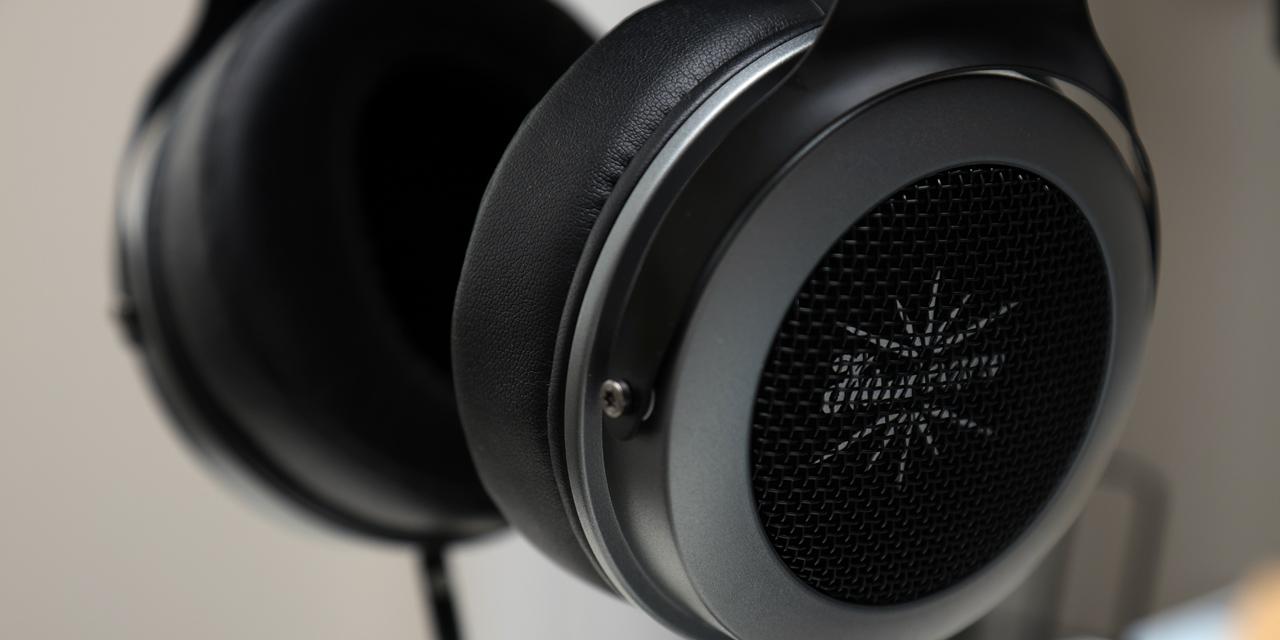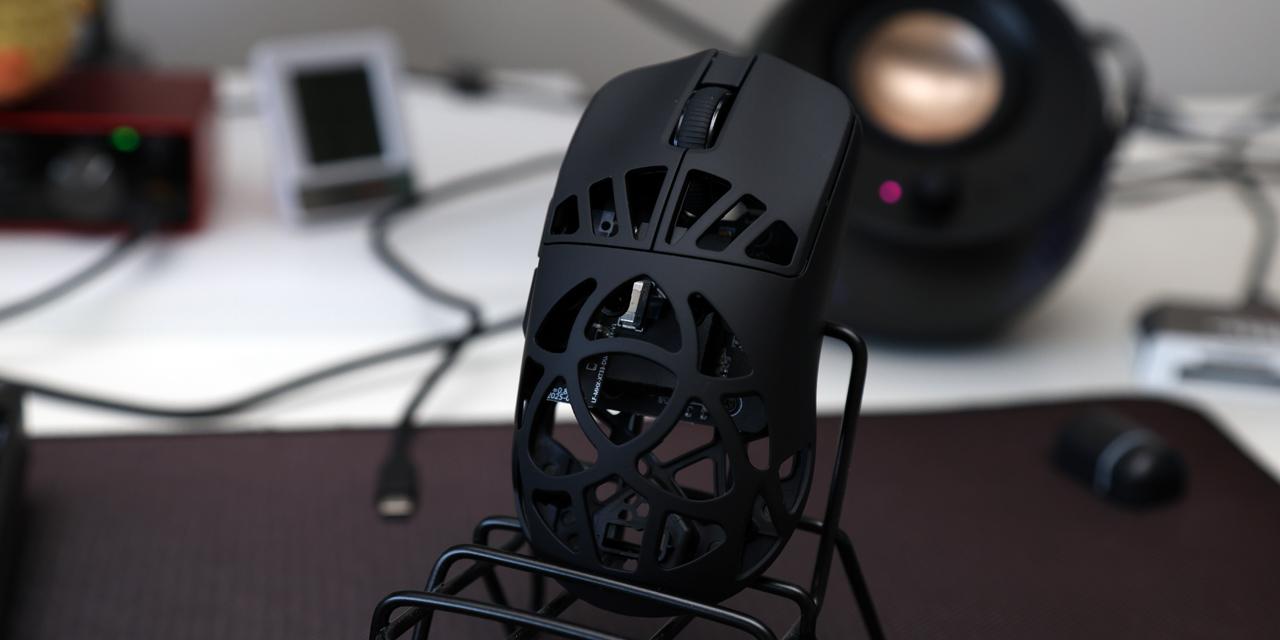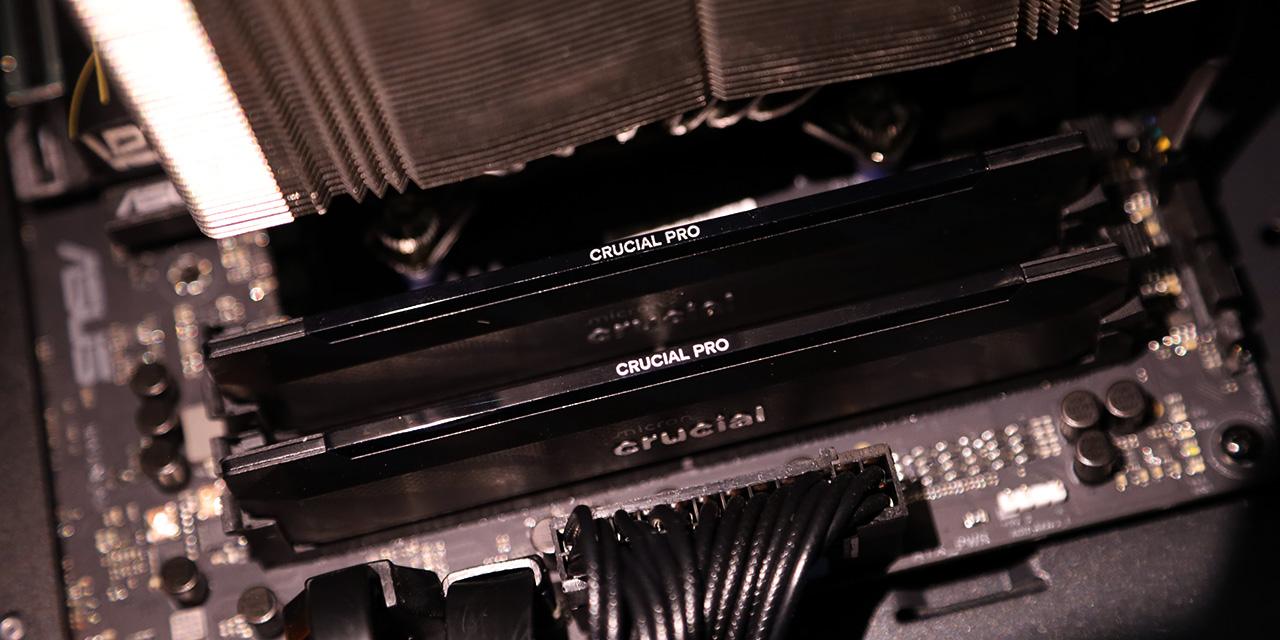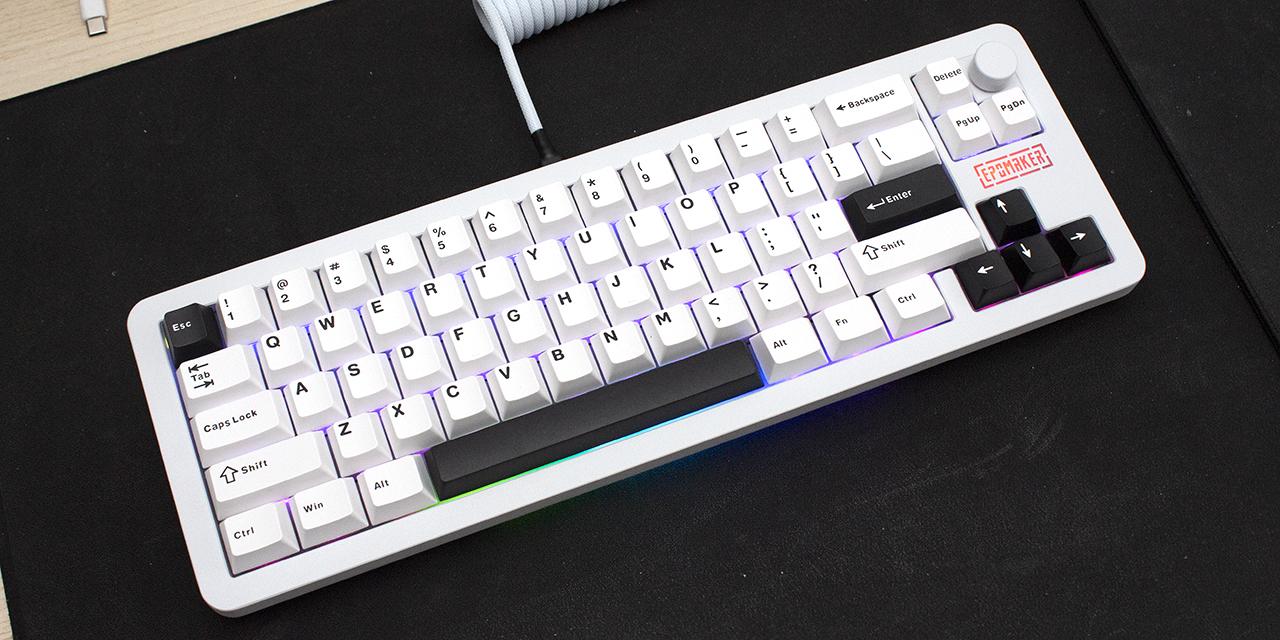|
From X-bit Labs: Advanced Micro Devices said on Monday that later this year it would offer highly-integrated code-named “Kyoto” system-on-chip for micro-servers. The new Opteron-branded products will feature Jaguar low-power x86 cores as well as optional AMD Radeon graphics engine for applications that can take advantage of GPGPU [general-purpose computing on GPU] technologies as well as for media-centric apps. AMD Opteron “Kyoto” is expected to offer up to four Jaguar x86 cores, DDR3 memory controller and optional AMD Radeon HD GPU engine, everything in the thermal envelope between 9W and 11W. The Opteron “Kyoto” APUs will enable solutions that help dramatically lower TCO for data centers running a variety of workloads where graphics and visualization are important – things like hosted desktop, online gaming, image processing and other. Alternatively, the built-in Radeon HD could be used for processing of highly-parallel data flows, provided that apps support GPGPU technologies and/or OpenCL. One of the first systems to utilize AMD Opteron “Kyoto” chips will be HP’s Monshot micro-servers. The HP Moonshot system is particularly well suited for “Kyoto” since it is architected for maximum efficiency. “The explosion of connected devices is a need for an innovative approach to server architecture, including extremely low-power and ultra-dense designs. AMD’s approach toward dense computing encompasses both ARM and x86 architectures. Our innovative APU and CPU solutions are optimized for performance per Watt in dense environments. AMD’s processor strategy, coupled with HP Project Moonshot, is focused on bringing specialized solutions to market to address the abundance of new applications and workloads being developed,” said Suresh Gopalakrishnan, as corporate vice president and general manager of server business at AMD. Data center and cloud facility owners cannot afford bloated power bills or wasted valuable rack space. Networking, storage, fans, and power supplies need to be shared and heavily utilized to gain maximum efficiency – as opposed to the traditional approach of replication many times over and left in low utilization states. Dense compute architectures like HP’s Moonshot System demonstrate a better way to go. Low power, small footprint processors like AMD’s “Kyoto” are the ideal complement to this type of system architecture. This combination of more efficient compute nodes and more efficient platform architectures represents a huge step forward for IT. View: Article @ Source Site |
 |
AMD Vows to Deliver GPU-Accelerated Kyoto Chip for Micro-Servers This Year
© Since 2005 APH Networks Inc. All trademarks mentioned are the property of their respective owners.





